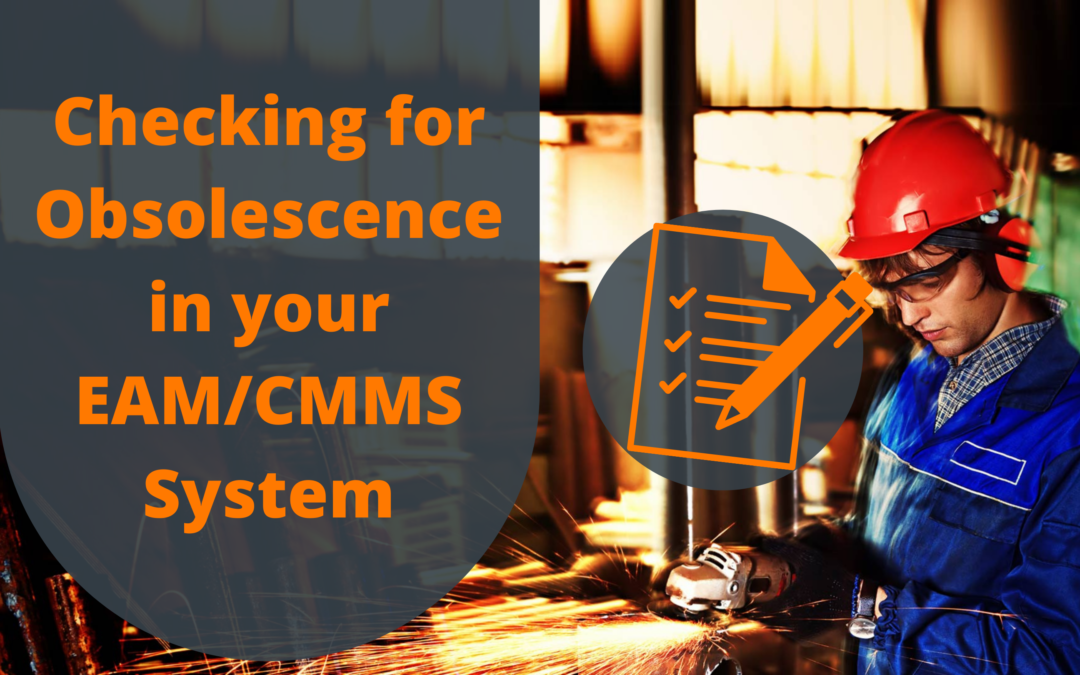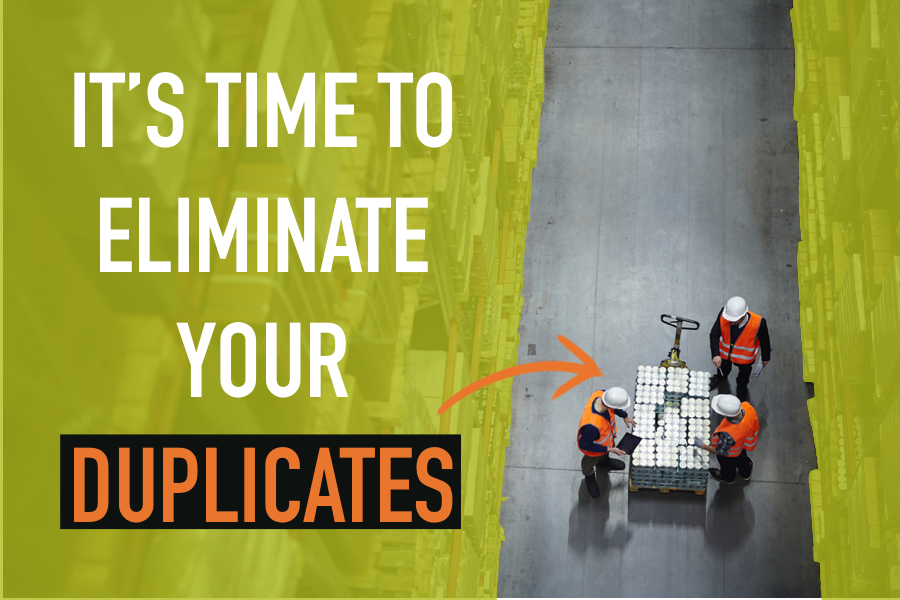
The NRX Blog

Do You Have Bad BOMs? Here’s a Few Things to Look For
Inefficiencies take many forms in overall bad BOMs – here are a few things to look for.

Why Do You Even Need Maintenance BOMs?
Here are a few overlooked reasons why organizations should consider building maintenance BOMs.

Symptoms of Inaccurate BOMs
Inaccurate BOMs can impose several key handicaps on the ability of your warehouse to conduct maintenance requests.

How to Identify Inaccuracies in your BOMs
Identifying what inaccuracies could look like and where they come from are the first steps towards optimizing your BOMs.

Now it’s Time to Check for Obsolescence
Obsolete parts are a detriment to your warehouse’s maintenance functionality. Here are several complications that arise from obsolete parts and where they come from.

Why you Need to Eliminate the Duplicate Parts in your EAM/CMMS System
Duplicate parts in your BOMs can impact it’s overall efficiency. Here are a few implications of duplicates in your BOMs and where they come from.

What You’re Missing Without Quality BOMs
Not taking the time to improve your BOMs at every opportunity can compromise the efficiency of your organization. Here are 4 critical but easy ways to improve them.

4 Ways to Improve the Quality of your BOMs
These are 4 critical ways you can improve the quality of your BOMs.

What Bad Asset Data Looks Like
Bad asset data can hinder the efficacy of your BOM. See what that looks like to improve it.

The Cost of BOMs and How to Lower It
Poorly constructed BOMs can impact production and maintenance efficiency; here are a couple strategies to lower the cost of BOMs.
